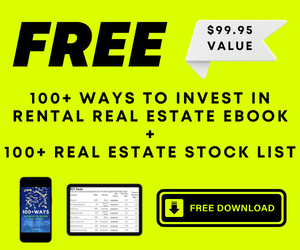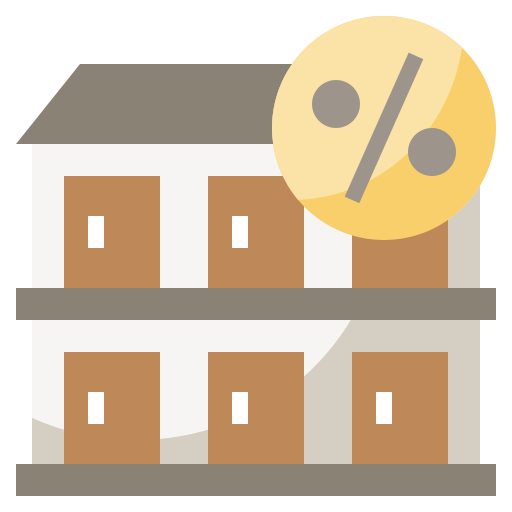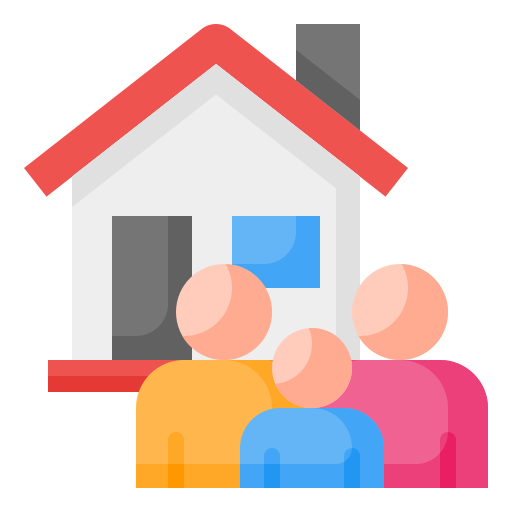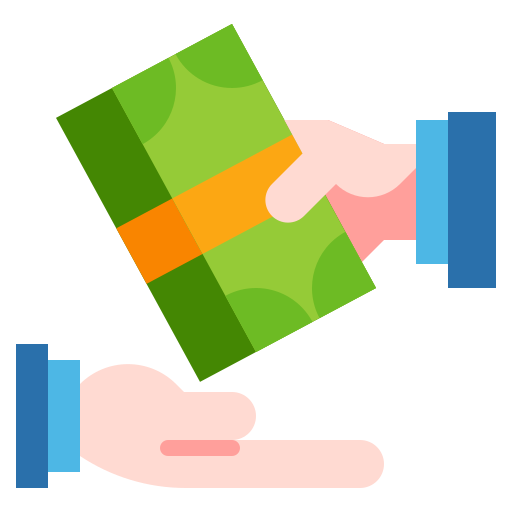Last Updated: December 2023

ARM (Adjustable Rate Mortgage) is a type of mortgage loan in which the interest rate is adjustable. Unlike fixed-rate mortgages such as an FHA loan or VA loan, where the interest rate remains constant over the life of the loan, ARMs feature interest rates that adjust periodically according to market conditions. This means that the monthly payments can go up or down over time. ARM loans are typically used for investment property purchases where investors utilize the lower upfront capital costs to reposition properties for future profits such as the BRRRR investing method.
What is an ARM Loan?
An Adjustable-Rate Mortgage (ARM) is a type of real estate loan that features an interest rate that can change or “adjust” over time in line with market interest rates. Unlike a fixed-rate mortgage, which has a set interest rate for the life of the loan, an ARM starts with a lower introductory rate for a set period of time, after which the rate can go up or down, resulting in changes to the borrower’s monthly payments. ARM loans are often used in commercial real estate financing.
Important ARM Terms
Fixed Rate Mortgage – A Fixed-Rate Mortgage is a type of real estate loan that features an interest rate which remains constant for the entire repayment term of the loan. This stability results in fixed monthly payments, providing borrowers with predictability and protection against potential interest rate increases over time.
Prepayment Penalty – A prepayment penalty is a clause in a mortgage agreement that states that a penalty will be assessed if the borrower significantly pays down or pays off the mortgage before a set time period.
Types of ARM Loans
3/1 ARM Loans
A 3/1 Adjustable Rate Mortgage (ARM) is a type of real estate loan where the interest rate remains fixed for the initial three years (i.e. the “3” in 3/1), and then adjusts annually (“1”) according to market conditions. This type of loan can be beneficial for borrowers who plan to sell or refinance their property within the first three years, as they can take advantage of the typically lower initial interest rate compared to a fixed-rate mortgage. Be sure to check if there is a prepayment penalty that may require an additional fee if the loan is paid off before the 3 year term is over.
5/1 ARM Loans
A 5/1 Adjustable Rate Mortgage (ARM) is the most common type of ARM loan used. With 5/1 ARM loans, the interest rate remains fixed for the first 5 years (i.e. the “5” in 5/1), and then adjusts annually (“1”) according to market conditions. The 5/1 ARM loan is a good option for investors familiar with rental real estate finance looking to buy and hold a property for 5 or less years. The initial 5-year fixed interest rate gives the investor time to stabilize the property and rent it out, or sell for a profit, before the interest rate adjusts. Be sure to check if there is a prepayment penalty that may require an additional fee if the loan is paid off before the 5 year term is over.
7/1 ARM Loans
Another popular type of ARM loan is the 7/1 ARM loan. This loan has a fixed interest rate for the first 7 years, and then it can adjust annually after that. The 7/1 ARM loan can be a good option for investors seeking capital to purchase a multifamily property to reposition. The initial 7-year fixed interest rate gives the investor time to renovate and stabilize the property to rent out, or sell for a profit, before the interest rate starts to adjust. Be sure to check if there is a prepayment penalty that may require an additional fee if the loan is paid off before the 7 year term is over.
10/1 ARM Loans
A 10/1 Adjustable Rate Mortgage (ARM) is a type of real estate loan where the interest rate remains fixed for the first ten years (the “10” in 10/1), after which it adjusts annually (“1”) based on a specified index rate. This type of loan might be beneficial for borrowers who plan to sell or refinance the property within the initial ten years, thus allowing them to enjoy the typically lower initial interest rate compared to a longer-term fixed-rate mortgage.
ARM Loan Requirements for Rental Properties
The requirements for getting approved to use an ARM loan to purchase a rental property may vary depending on the lender and their specific policies. Borrowers typically need to meet the following requirements:
1. Understanding the Complexities and Uncertainty
Borrowers should be fully aware of how an ARM works, including the potential for changes in monthly payments and the risk of rate increases after the initial fixed-rate period. Since the loan is for a rental property, lenders may also want to see a business plan for the property. This is especially true for commercial properties such as triple net (NNN) investments.
2. Have Good Borrower Profile
Having a solid personal or business credit history, net worth, and documented income is very important in riskier loans like ARM loans. In addition to a credit check, you may need to provide proof of income, tax returns, and complete a personal financial statement to demonstrate income stability. Depending on the level of risk, lenders may also want to see a track record of managing successful real estate investments.
3. Adequate Down Payment
Even though the exact percentage may vary by lender, it’s typical to expect to put down at least 20-25% on a rental property. Higher down payments may also lead to more favorable loan terms and interest rates.
4. Ability to Repay the Loan as Rates Adjust
Lenders will assess your business plan and financial stability to ensure that you can afford the monthly payments now and in the future, particularly if interest rates rise after the initial fixed period.
Pros & Cons of Rental Property ARM Loans
ARM Loan Pros
- Lower initial interest rates: ARMs often start with a lower interest rate compared to fixed-rate mortgages. This can result in lower initial monthly payments, which could improve cash flow for landlords, particularly in the early years of the loan.
- Potential for lower interest cost if rates drop: If market interest rates fall over time, the rate on an ARM can decrease after the initial fixed-rate period, reducing your cost of borrowing and potentially saving you money over the life of the loan.
- Beneficial for short-term holding: If you plan to sell or refinance the property within the initial fixed-rate period of the ARM (e.g., within the first 5 years for a 5/1 ARM), you could benefit from the lower initial interest rate without being affected by future rate adjustments.
ARM Loan Cons
- Rate variability: After the initial fixed-rate period, the interest rate on an ARM can change, potentially increasing significantly. This could lead to higher monthly payments, which could affect your cash flow and profitability if rental income doesn’t keep pace.
- Uncertainty and complexity: ARMs can be more complex and harder to understand than types of rental property mortgages. The uncertainty of future rate changes can make budgeting and financial planning more challenging.
- Potential for negative amortization: Some ARM loans feature low initial payments that don’t cover the full amount of interest due. This can lead to negative amortization, where your loan balance actually grows over time because unpaid interest is added to the principal.
The #1 Rental Property Newsletter
Once a month, we send out an exclusive Rental Property Market Update with top stories, current mortgage rates, building products, and more. No spam and unsubscribe anytime.

Rental Property ARM Loan FAQ
How Does an ARM Loan Differ From a Fixed-Rate Mortgage?
An ARM, or Adjustable-Rate Mortgage, is a type of loan where the interest rate can change over time based on a specified index. The initial rate is often lower than fixed-rate mortgages but can adjust after a certain period, typically annually. In contrast, a fixed-rate mortgage has a constant interest rate for the entirety of the loan term.
How is the Adjustable Rate Determined for an ARM loan?
The adjustable rate for an ARM loan is typically determined by adding a pre-agreed margin to a specific benchmark or index rate (like the LIBOR or U.S. Treasury rate). The index rate fluctuates based on economic conditions, and when combined with the margin, determines your ARM’s new interest rate at each adjustment period.
What’s the Difference Between “Index” and “Margin” in ARM Loans?
The “index” is a benchmark interest rate (like the LIBOR or U.S. Treasury rate) that fluctuates based on market conditions. The “margin” is a fixed percentage that lenders add to the index rate to determine the interest rate of an ARM. Together, the index rate plus the margin determine your ARM’s interest rate at each adjustment.
About the Author
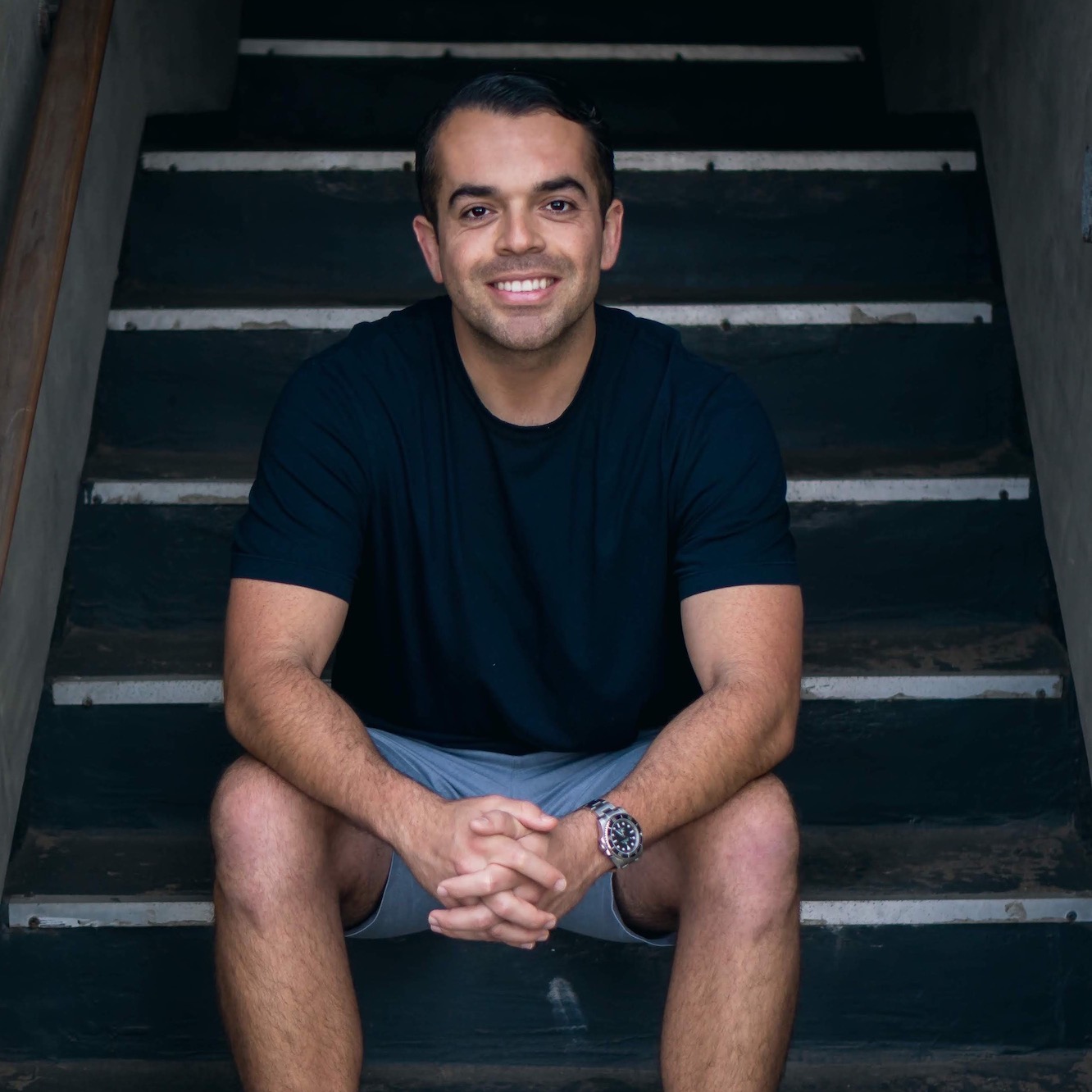
Ryan Nelson
I’m an investor, real estate developer, and property manager with hands-on experience in all types of real estate from single family homes up to hundreds of thousands of square feet of commercial real estate. RentalRealEstate is my mission to create the ultimate real estate investor platform for expert resources, reviews and tools. Learn more about my story.
More Rental Property Loans
Disclaimer: The information provided on this website does not, and is not intended to, constitute financial advice. As such, all information, content, and materials available on this site are for general informational purposes only. Please review our Editorial Standards for more info.
